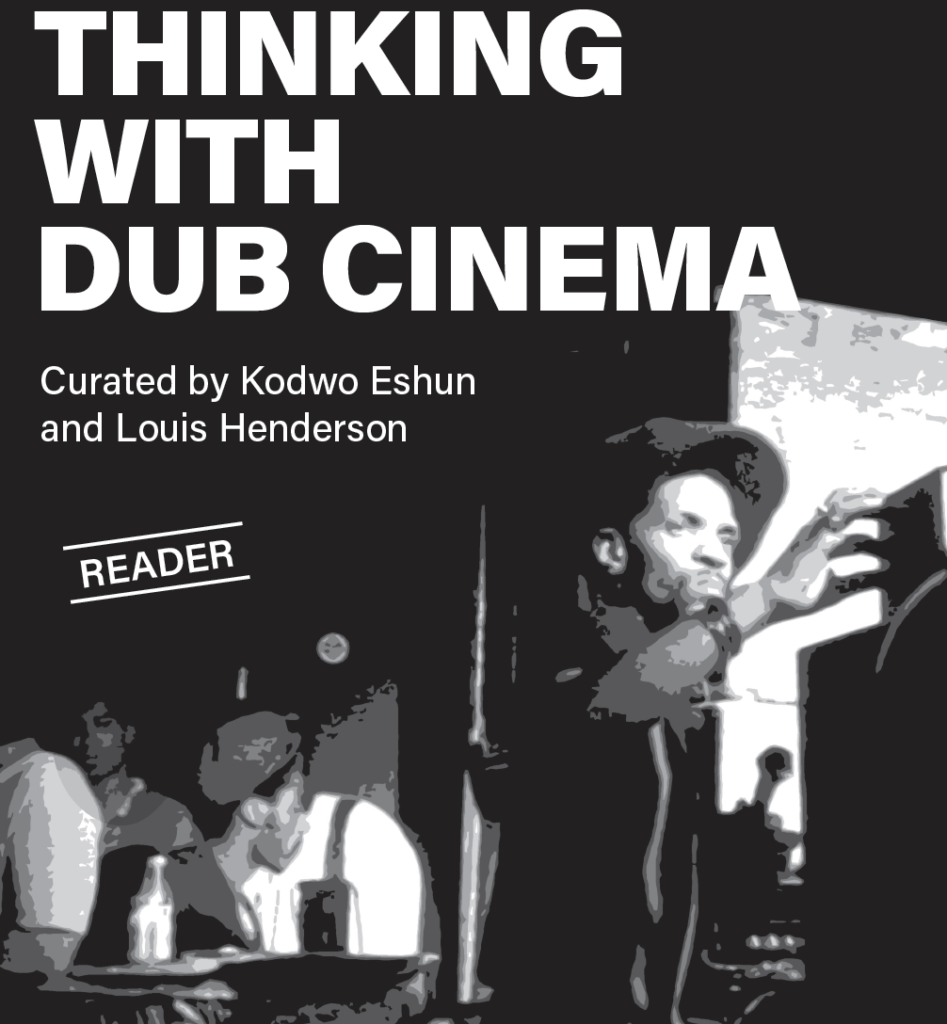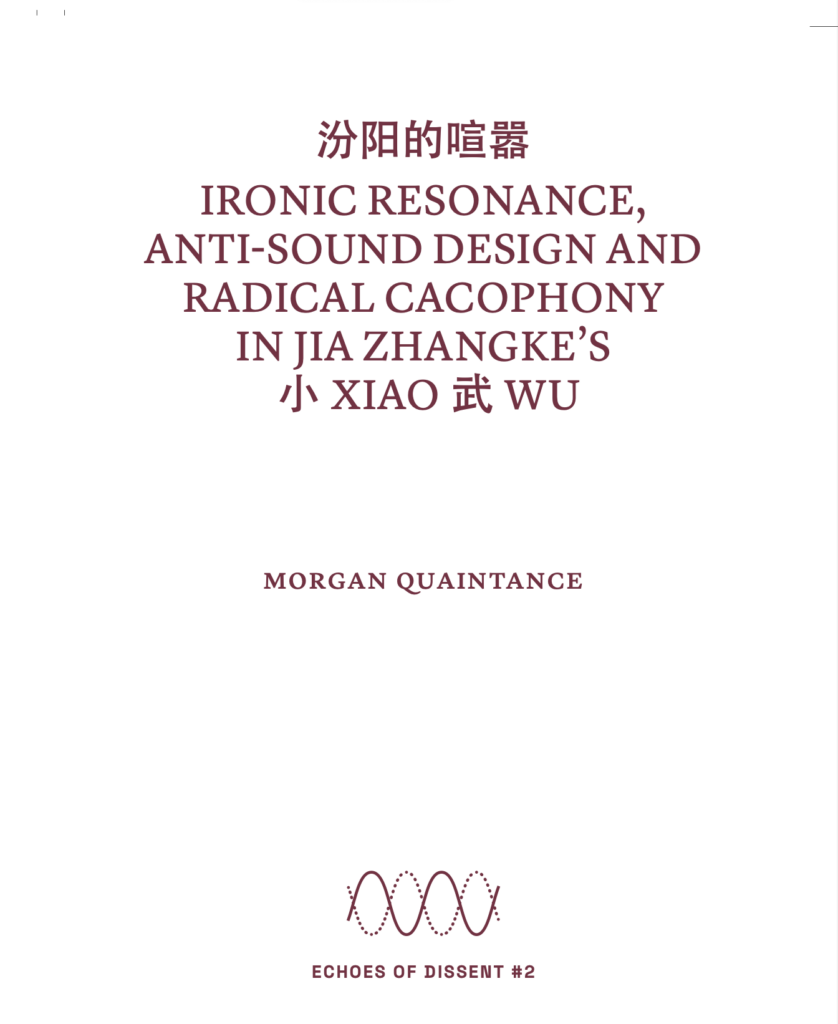39th episode of “Shadows of the Unseen” for stegi.radio Athens. Aired June 2024
1. Lionel Marchetti & Ensemble Un, Méandre(s) – 33 X 1 mn et quelques poussières… Part 1 (from Méandre(s), Camille Auburtin, 2022)
2. John Avery, Almost (from Jessica in the Room of Lights, performance by Forced Entertainment Theatre Co-Operative, 1984)
3. Bret Parenteau, Andy Rudolph & Kelsey Braun, Ste. Anne (from Ste. Anne, Rhayne Vermette, 2021)
4. Damāvand, As Long As You Come To My Garden Part 1 (inspired by The color of the pomegranates, Sergei Parajanov, 1968)
5. Roger Doyle, Rapid Eye Movements (for music theatre group Operating Theatre, 1978-80)
6. Fred Frith, Backwaters (from Gambling, Gods and LSD, Peter Mettler, 2002)
7. Hero Wouters, Eva’s Dood (from Een zaak van leven of dood, George Schouten, 1983)
8. Antonio Zepeda, El Sueño / El Canto De Yohalli (from In Necuepaliztli in Aztlan, Retorno a Aztlán, Juan Mora, 1990)
9. Jed Spears, Sleep Tight (from Sleep Tight, Barbara Duifjes, David Geary, 1983)
10. Excerpt from Nekomimi (Jun Kurosawa, 1993)
11. Claudio Rochetti, Non Essere Freddo (for contemporary theatre research collective Fondazione Lenz, 2018-2021)
12. Alex Zhang Hungtai & Pierre Guerineau, On The Run (from I Was a Simple Man, Christopher Makoto Yogi, 2021)
13. Damāvand, As Long As You Come To My Garden Part 6 (inspired by The color of the pomegranates, Sergei Parajanov, 1968)
14. John Avery, That Marilyn Walk (from 200% & Blood Thirsty, performance by Forced Entertainment Theatre Co-Operative, 1987)
15. Natalia Beylis, Conjuring Voices (created to accompany an exhibition of work by Helen McDonnell and Tara Plunkett, 2013)




